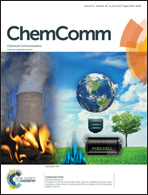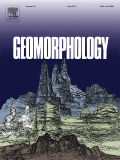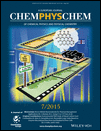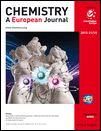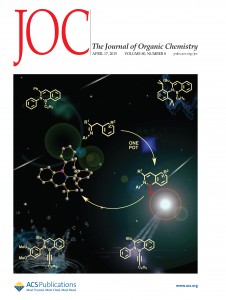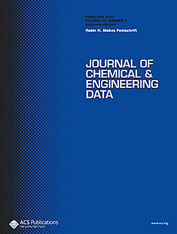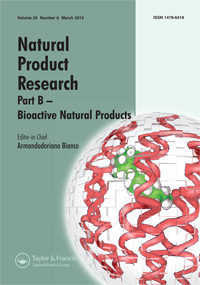 As every mushroom lover knows, weekend mycology is no sport for the lily-livered. Tasty species often look awfully like their deadly cousins. Turns out, typing can even be problematic for the experts.
As every mushroom lover knows, weekend mycology is no sport for the lily-livered. Tasty species often look awfully like their deadly cousins. Turns out, typing can even be problematic for the experts.
Natural Products Research is retracting a 2014 paper on shelf fungus because… well, it wasn’t about shelf fungus after all.
The paper, “Chemical constituents: water-soluble vitamins, free amino acids and sugar profile from Ganoderma adspersum,” was written by Ibrahim Kivrak, a food chemist at Mugla Sitki Kocman University in Mugla, Turkey. It analyzed the nutritional components of G. adspersum, and found, per the abstract:
Continue reading Fungus among us, but what kind? Typing error spawns retraction for mushroom paper

